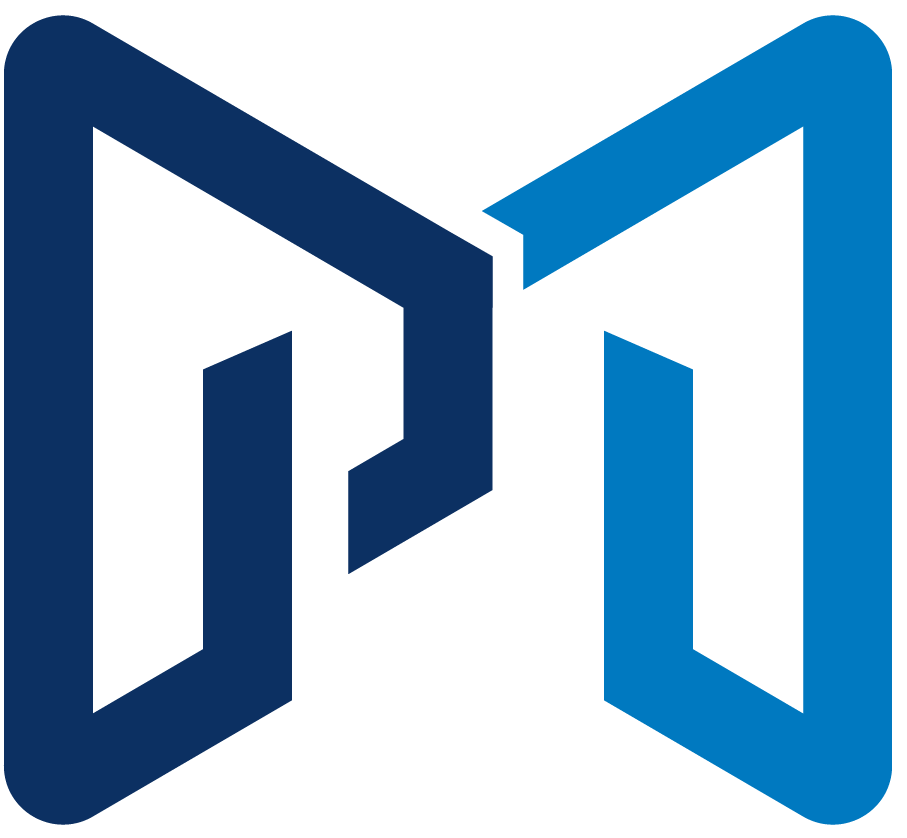Running ads in 2025 isn’t just about tweaking bids or adjusting keywords—it’s about thinking holistically and ensuring that every element of your digital ecosystem is working in harmony. While many advertisers focus solely on what’s happening inside the ad account, there are key external factors that play a crucial role in driving ad performance. Here’s what to look into outside the account when optimising your ads this year.
1. Does the Website Have Schema?
Schema markup helps search engines better understand the content on your website. This microdata not only helps with SEO but also enhances ad relevance. With schema, platforms like Google can accurately display rich snippets, improving the relevance of your ads and boosting their Quality Score. Ensuring your website has properly implemented schema can increase click-through rates (CTR) and ultimately reduce your ad costs.
2. Landing Page Quality
Your landing page is often the first touchpoint users encounter after clicking your ad. Is it designed to convert? Ask yourself:
✔️ Are the graphics visually engaging and aligned with your brand?
✔️ Is the page mobile-friendly and fast-loading?
✔️ Does it clearly connect with the ad’s promise?
If there’s a disconnect between the ad and the landing page, expect a high bounce rate and fewer conversions. Continuous A/B testing for design and content can help identify what works best.
3. Quality Score and Keyword Relevance
While your ad account will provide a Quality Score, it’s important to evaluate how closely aligned your keywords are to the actual content on your landing pages. Ensuring that landing pages are relevant to the keywords you’re targeting will not only improve your ad performance but also drive higher conversion rates.
4. Click Journey: How Many Clicks to Conversion?
How easy is it for users to navigate through your website and take action? Every extra click increases the likelihood of losing a potential customer. Simplifying the click journey—whether it’s to purchase a product or submit a lead form—can significantly reduce drop-off rates. Always aim for the shortest path from the ad to the conversion point.
5. Organic Presence on Social Platforms
Your organic social presence has a surprising impact on your paid ads. If users see your ad, they might check out your brand on platforms like Instagram or Facebook. Are you active? Are you engaging with your audience? Look at your engagement metrics and your business dashboard to determine peak engagement times. Adjusting your ad budget to capitalise on those periods can be a game-changer.
6. Peak Times: When Is Your Product or Service in Demand?
Your analytics will tell you everything you need to know about peak demand periods. By analysing data across platforms, you can identify the best times to increase your ad spend for maximum impact. Whether it’s specific times of the day, days of the week, or even months of the year, knowing when your audience is most active is critical.
7. Website Load Speed
A slow website kills conversions. Use tools like Google PageSpeed Insights to check your landing page speed and make necessary improvements. A fast-loading page not only improves user experience but can also positively influence your ad Quality Score, which lowers costs and improves ad visibility.
8. Omnichannel Marketing: Reinforcing Your Message
Your ads should be part of a bigger marketing effort. Are there other touchpoints supporting your ads, like blog posts, email campaigns, or organic social media content? Consistency across channels helps keep your brand top of mind and increases the likelihood of conversions. A well-rounded omnichannel approach drives better recall and engagement, ensuring that your ads are just one part of the customer’s journey.
9. For E-Commerce: Is the Checkout Process Optimised?
The checkout process can make or break an eCommerce ad campaign. Consider:
✔️ Add-Ons: Are there product add-ons or recommendations to increase average order value?
✔️ Shipping: Are your shipping details clear? Is free shipping an option?
✔️ Policy Links: Does your landing page link to essential pages like your refund or terms policy? Optimising this part of the buyer journey can reduce cart abandonment and drive more sales.
10. For Lead Generation: Optimise Your CTA Forms
If you’re focused on lead generation, the call-to-action (CTA) form is crucial. Look at:
✔️ Form Length: Is the form too long? Can you make it shorter without compromising lead quality?
✔️ Button Callouts: Are the buttons compelling enough to drive action? Simple updates to the text can significantly boost conversion rates.
✔️ Post-Submission Experience: What happens once a lead is submitted? Make sure the experience is smooth, with clear messaging and next steps. Automated responses or redirects to thank-you pages with additional offers can help keep engagement high.
Think Beyond the Ad Account
When optimising ads, it’s easy to get caught up in metrics like CTR, CPC, and conversion rates. But to truly scale your performance, you need to consider the bigger picture. By focusing on these external factors—website quality, landing page experience, organic presence, and more—you’ll drive better results from your ad campaigns in 2025.
Success in paid advertising doesn’t just happen inside the ad account. It’s the culmination of all the touchpoints your customer encounters, from the moment they click to the final conversion. Make sure every step in that journey is optimised.
